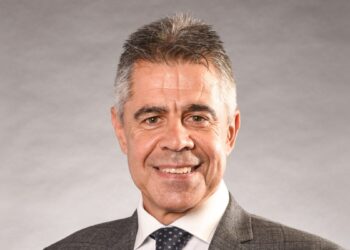The report has shown that Australians 65 years and over are driving growth in NCCs due to several factors including the removal of the work test, downsizing contributions, rebalancing strategies, the indexation of contribution caps, and accessing financial advice.
However, there has been a dramatic decrease in NCCs for those aged between 40-65 which has dropped by 18 per cent, possibly due to the current cost of living pressures and rising interest rates.
According to the report, the average concessional contributions per member rose slightly by 0.6 per cent to $19,122 in FY23, reflecting the increase in the Super Guarantee from 10 per cent to 10.5 per cent in July 2022.
In contrast, average NCCs per member rose by a more significant 21.9 per cent to $74,453, most likely due to the removal of the work test for under-75-year-olds and eligibility for making NCCs increasing under 67 years to under 75 years from 1 July 2022.
Furthermore, catch-up concessional contributions declined slightly in FY24 which could be attributed to cost-of-living pressures, leaving members with less disposable income to make these contributions.
Peter Burgess, CEO of the SMSF Association, said the spike in NCCs for the older age bracket is possibly due to legislation changes over the past two years, including the change in the work test.
“There have been some opportunities now for the older generations to make those contributions that they perhaps haven’t had in the past,” he said.
“This is the area where advisors can add a lot of value to their older client base, to use those contributions. For the younger age group, it’s difficult to know why there has been such a significant decline in NCCs, but it could be the rise in the cost of living, and they are nervous about their discretionary money.”
Class operations general manager Kate Anderson said successive interest rate rises and inflation may have impacted the ability of younger trustees to make contributions.
“Interest rates have gone up, so they don’t have all that extra income they can put into super. Cost of living has also gone up and they may have used all their savings that they had saved during COVID,” Anderson said.
“A lot of people may be giving that extra money that they would have contributed to super to their children so they can fund their rising interest rates or get a deposit for a home.”
Meg Heffron, director of Heffron, said the proposed Division 296 tax may also be influencing the younger demographic of SMSF trustees in their choice to make non-concessional contributions.
“The changing of the goalposts unsettles people,” she said.


